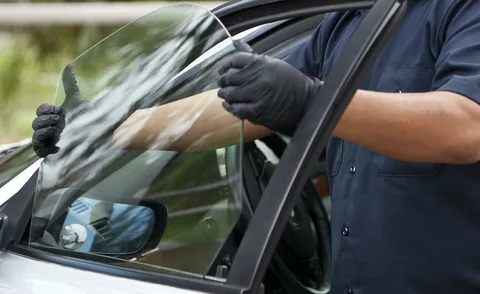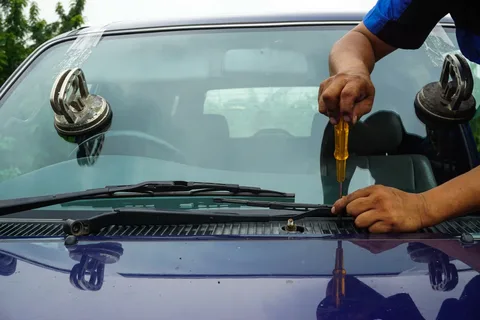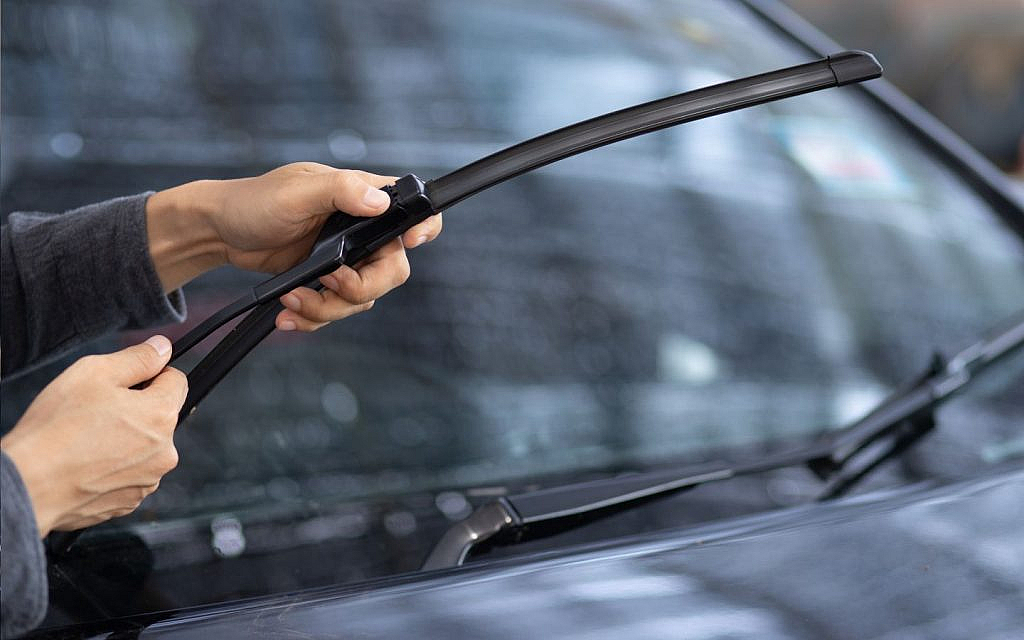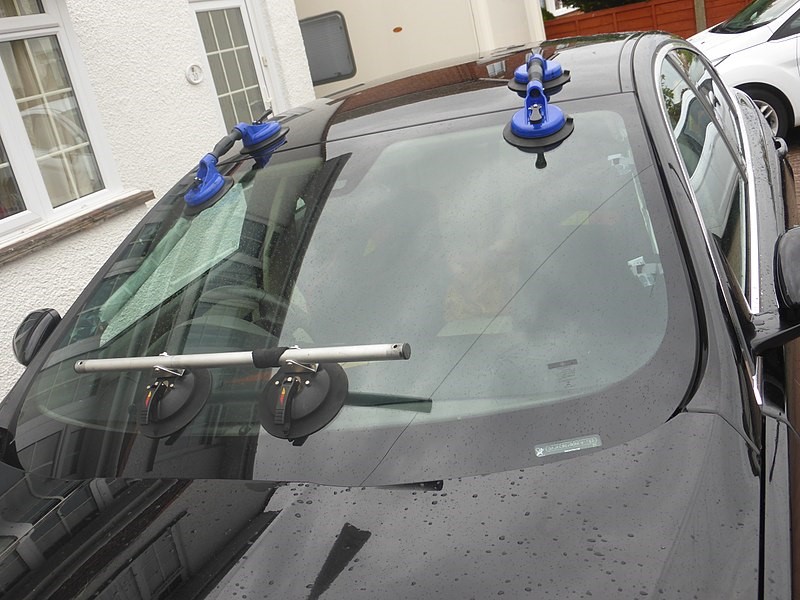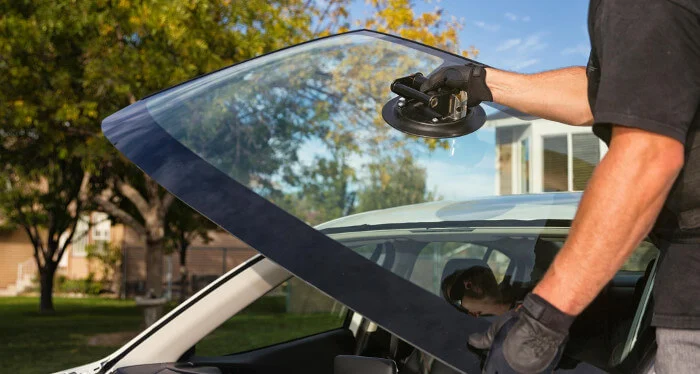Introduction
The windshield doesn’t just protect your vehicle from the debris and outside weather conditions. It also provides structural stability to your car. Your airbags depend on windshields to properly deploy. Even a small crack or chip can compromise your safety and the vehicle’s integrity. Adverse weather conditions like hail, rain and prolonged exposure to scorching heat can reduce glass strength and lead to stress cracks. Understanding how different weather conditions affect your windshield and auto glass is essential to prevent costly repairs and improve your car’s resale value.
Understanding How Weather Can Impact Your Safety: A Guide to Auto Glass and Windshield Care
Do you know that windshields used to be a luxury item back in the 1900s when the automobiles started rolling out? Now it has become a standard feature and plays a critical role in protecting you and your vehicle, along with providing a clear view of the road ahead. However extreme weather conditions and temperature fluctuations impact its integrity, resulting in cracks, chips or reduced visibility. To safeguard your vehicle’s safety and extend the longevity of the windshield, it is essential to understand what role weather plays in weakening your vehicle and what you can do to avoid damage.
| Fast Fact
Hailstorms cause an estimated $1 billion in vehicle damage annually in the United States, with windshield repairs and replacements making up a considerable portion of the damage, according to the Insurance Information Institute. |
Here is your guide to understanding how extreme heat and cold can negatively impact your windshield and auto glass performance.
-
Scorching Heat and Temperature Fluctuations
Sudden temperature changes can cause stress to your windshield and auto glass and weaken it over time. The expansion and contraction of glass due to rapid temperature fluctuations result in chips and cracks which only grow with time, making your vehicle susceptible to further damage. If you park your car outside during peak hours, extreme heat softens the adhesives that bond your windshield to your vehicle, reducing its ability to protect you.
-
Freezing Cold Spell
Cold temperatures increase the risks of cracks and worsen the existing damage. Freezing temperatures cause the glass to contract and if you suddenly turn on the defroster at high, rapid temperature fluctuation results in cracks. Use the defroster gradually and gently remove the ice buildup using a scraper to prevent harming the glass.
-
Heavy Rains
Constant exposure to heavy rain wears down your windshield. If your wipers are worn, they can scratch the glass and reduce visibility. Make sure your vipers are in good condition and reduce your speed during rain to avoid getting stuck by road debris.
-
Wind and HailStorm Damage
High winds and hailstorms can severely damage your windshield and result in cracks and shattered glass from flying debris or hail. Invest in special hail covers and avoid driving during a storm. Consider pulling over as the risk of damage increases with driving.
| Important fact
Windshield provides around 45% of the structural support to your vehicle in a rollover crash, and is considered a safety gear along with seat belts and airbags. |
Steps You Can Take To Protect Your Autoglass
- Park indoors or under a shade during extreme heat or cold spells. Garage your car during storms to protect it from any falling debris and reduce the risks of breakage.
- Avoid sudden temperature changes like washing your car with cold water on a hot day or throwing hot water to melt the ice. Gradual temperature change protects the glass.
- UV and impact resistant films add an extra layer of protection to your windshield and auto glass and help avoid any potential damage.
- Invest in a windshield cover to reduce glass stress and protect your windshield from debris and ice buildup.
- Replace your wipers every six months to prevent reduced visibility, clarity and windshield strength. Invest in sunshades to shield your car from the harmful effects of high heat.
- Address any damage promptly. No matter how small a crack is, it will deteriorate rapidly. Get repairs as soon as possible to prevent extensive damage and costly repairs.
| Did you know?
A McKinsey & Company report estimates that by 2050, the automotive industry will reduce its carbon footprint by up to 90% through the adoption of electric vehicles, lightweight materials, and the implementation of a circular economy. |
Conclusion
Extreme heat, cold, hail or rain can all damage your windshield and compromise your vehicle’s structural integrity and your safety. Even minor chips and cracks resulting from heat or hail can reduce the glass strength and pose serious safety risks to the passengers. Always park your vehicle in a shaded area. Gradually adjust your car’s temperature to prevent stressing the glass and invest in high quality protective films and covers. Preventive measures and prompt repairs protect you and ensure the windshield’s longevity.
FAQs
Which repair has the most auto insurance claims?
Auto glass repair is the most common type of auto insurance claim. Around 30% of all auto insurance claims are from damaged auto claims.
Are all the windows in my vehicle made with the same material?
The rear and side windows are made of tempered glass while the windshield is made of laminated glass.
Can auto glass be recycled?
The Environmental Protection Agency estimates that recycling auto glass supports the sustainability initiatives and can save up to 30% of the energy required to manufacture new glass.

